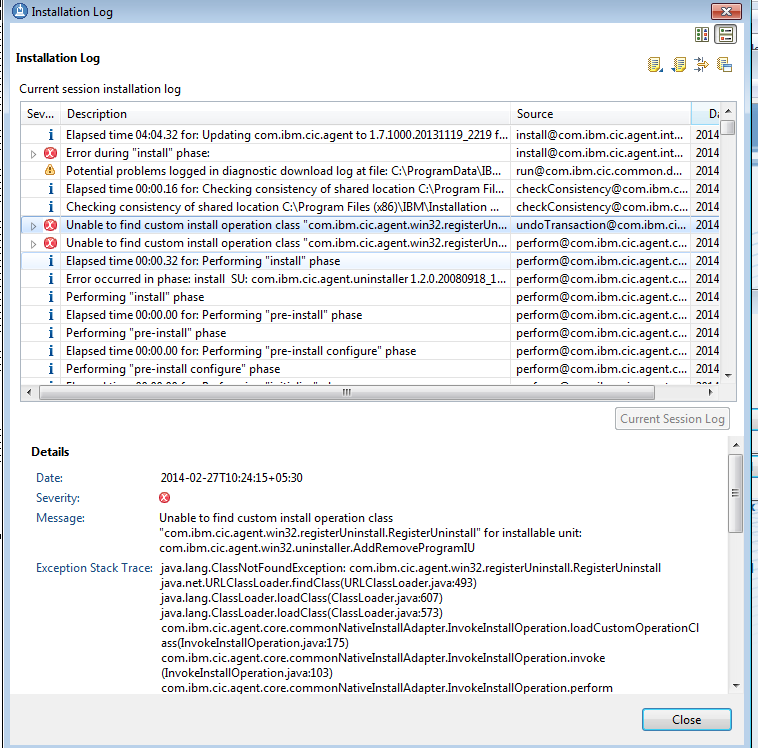When I was trying to run my application I was getting below error
0 [Thread-5] INFO org.apache.commons.httpclient.HttpMethodDirector - I/O exception (java.net.SocketException) caught when processing request: java.lang.ClassNotFoundException: Cannot find the specified class com.ibm.websphere.ssl.protocol.SSLSocketFactory
0 [Thread-5] INFO org.apache.commons.httpclient.HttpMethodDirector - I/O exception (java.net.SocketException) caught when processing request: java.lang.ClassNotFoundException: Cannot find the specified class com.ibm.websphere.ssl.protocol.SSLSocketFactory
I also found the article on IBM website for the temporary fix here is the link http://www-01.ibm.com/support/docview.wss?uid=swg21584437, however it didn't worked for me.
I have to change the java.security settings to use the Java JDK implementation of the SSLSocketFactory rather than the WAS implementation.
In RAD I have to change as below:



